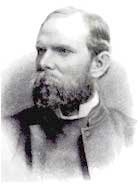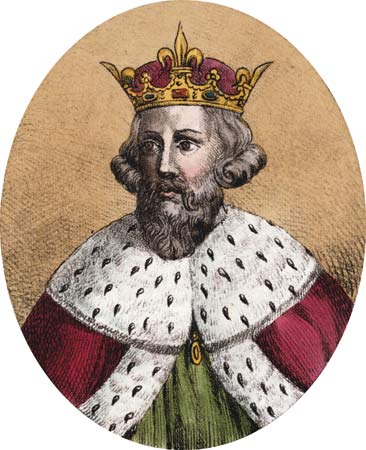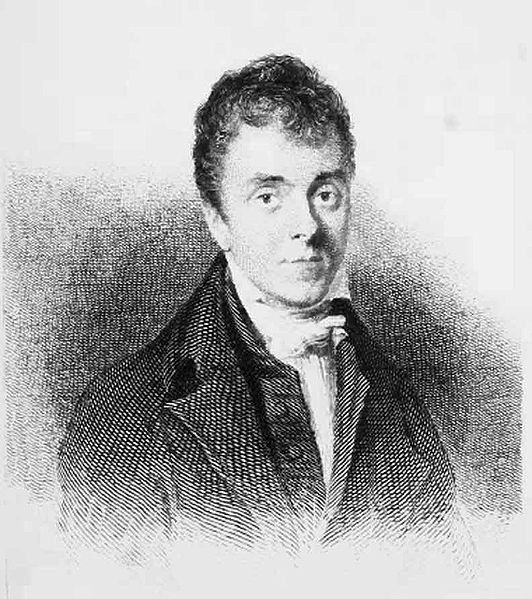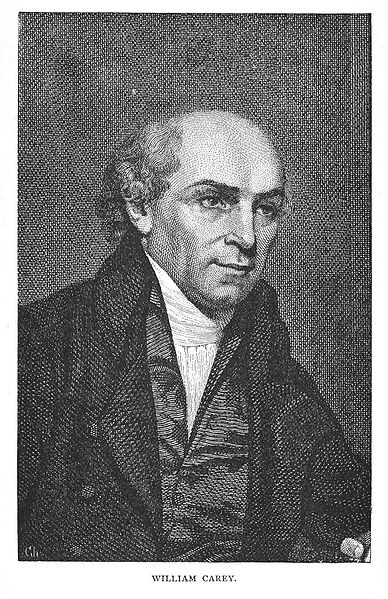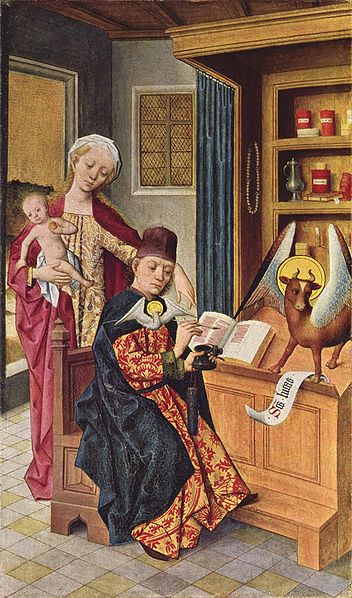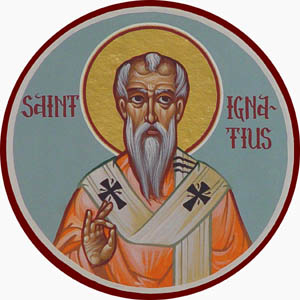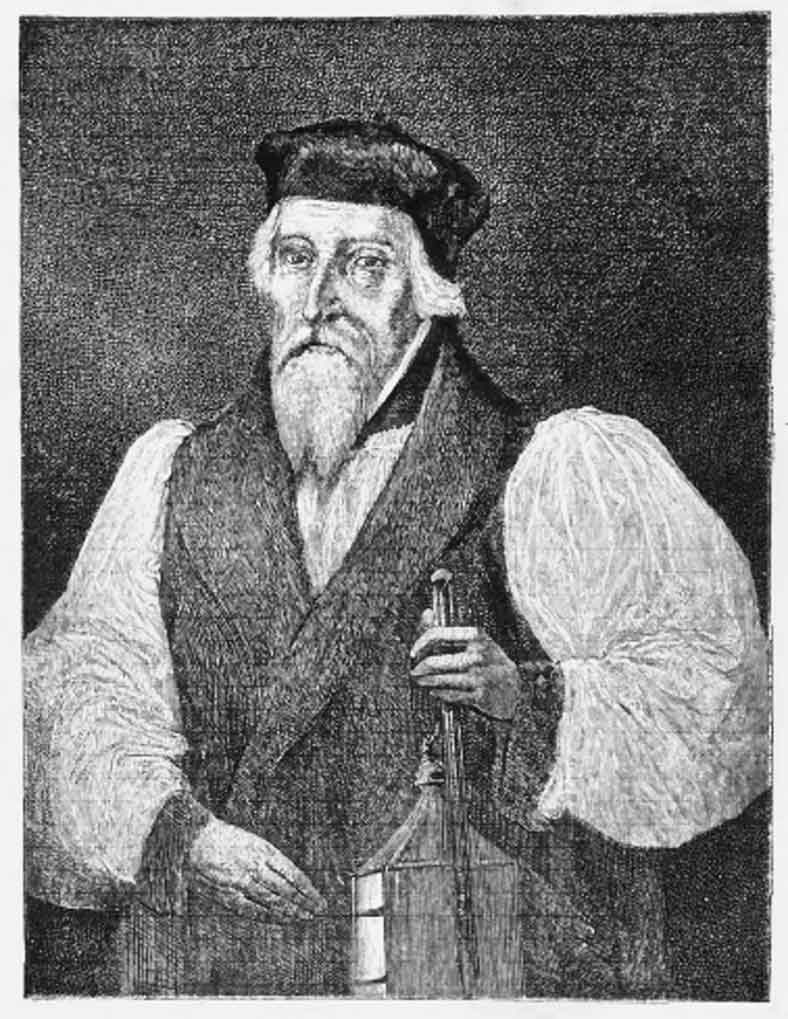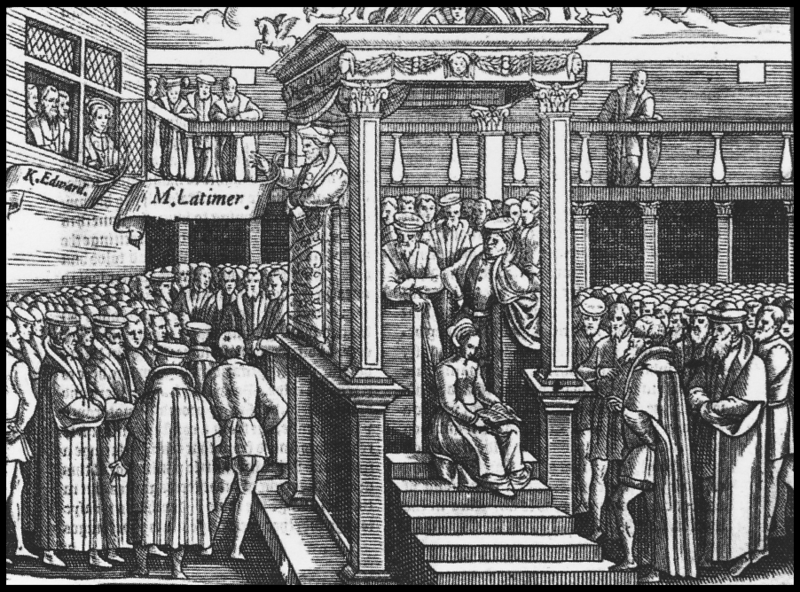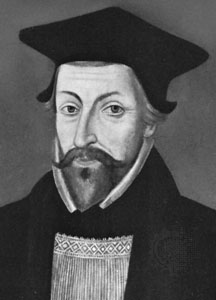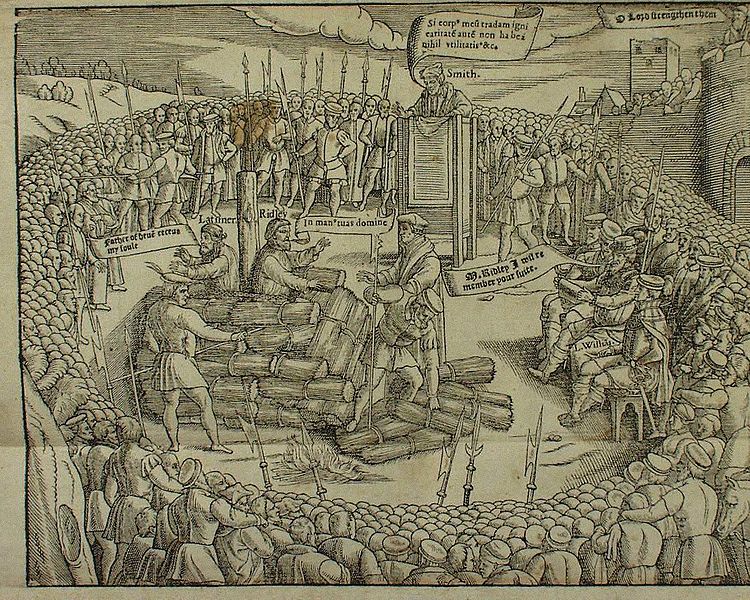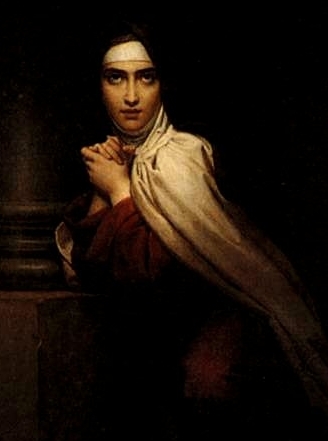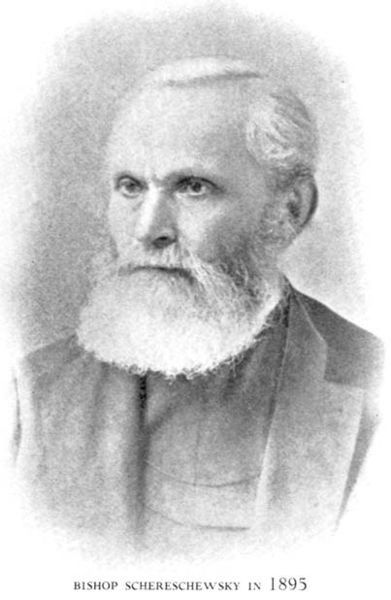Welcome to the Holy Women, Holy Men blog! We invite you to read about this commemoration, use the collect and lessons in prayer, whether individually or in corporate worship, and then tell us what you think. For more information about this project, click here.
James Hannington was born at Hurstpierpoint, Sussex, September 3, 1847, and was educated at Temple School, Brighton. For six years, he assisted his father in the warehouse business. The family became members of the Church of England in 1867, and the following year Hannington entered St. Mary Hall, Oxford, where he obtained his B.A. and M.A. degrees.
Following his ordination at Exeter, Hannington served as a curate in his native town until, in 1882, he offered himself to the Church Missionary Society for its mission in Victoria, Nyanza, Africa. Serious illness soon required his return to England, but he went out again to Africa in 1884 as Bishop of Eastern Equatorial Africa.

Hannington’s mission field was the shores of Lake Victoria. On a difficult venture towards Uganda, he and his party were apprehended by emissaries of King Mwanga, who feared this foreign penetration into his territory. After a week of cruel privations and suffering, he and the remaining members of his company were martyred on October 29, 1885.
Hannington’s last words were: “Go, tell Mwanga I have purchased the road to Uganda with my blood.” Other martyrs of Uganda shared his fate before the Gospel was firmly planted in this heartland of Africa, where today the Church has a vigorous life under an indigenous ministry.

Collects
I Precious in thy sight, O Lord, is the death of thy saints, whose faithful witness, by thy providence, has its great reward: We give thee thanks for thy martyrs James Hannington and his companions, who purchased with their blood a road into Uganda for the proclamation of the Gospel; and we pray that with them we also may obtain the crown of righteousness which is laid up for all who love the appearing of our Savior Jesus Christ; who liveth and reigneth with thee and the Holy Spirit, one God, for ever and ever. Amen.
II Precious in your sight, O Lord, is the death of your saints, whose faithful witness, by your providence, has its great reward: We give you thanks for your martyrs James Hannington and his companions, who purchased with their blood a road into Uganda for the proclamation of the Gospel; and we pray that with them we also may obtain the crown of righteousness which is laid up for all who love the appearing of our Savior Jesus Christ; who lives and reigns with you and the Holy Spirit, one God, for ever and ever. Amen.
Psalm 124
Lessons: Job 23:10–17, 1 Peter 3:14–18,22, and Matthew 10:16–22
Preface of Holy Week
From Holy, Women, Holy Men: Celebrating the Saints © 2010 by The Church Pension Fund. Used by permission.
We invite your reflections about this commemoration and its suitability for the official calendar and worship of The Episcopal Church. How did this person’s life witness to the Gospel? How does this person inspire us in Christian life today?
If you’d like to participate in the official online trial use survey, click here. For more information about the survey, click here.
To post a comment, your first and last name and email address are required. Your name will be published; your email address will not. The first time you post, a moderator will need to approve your submission; after that, your comments will appear automatically.
